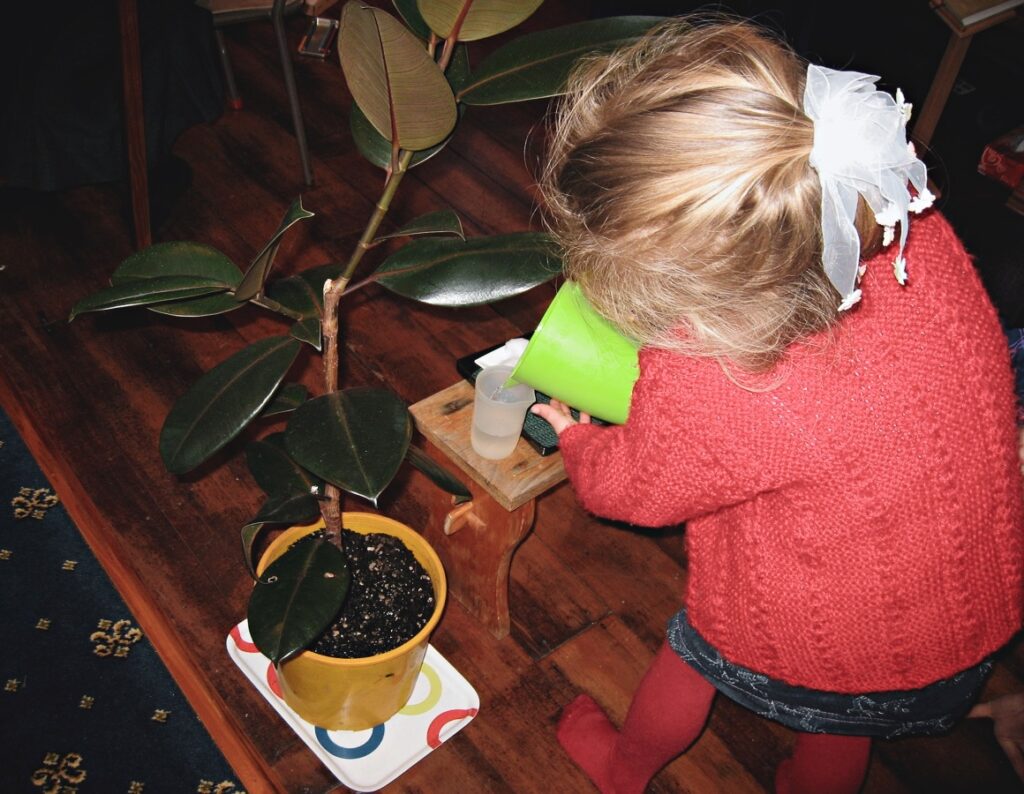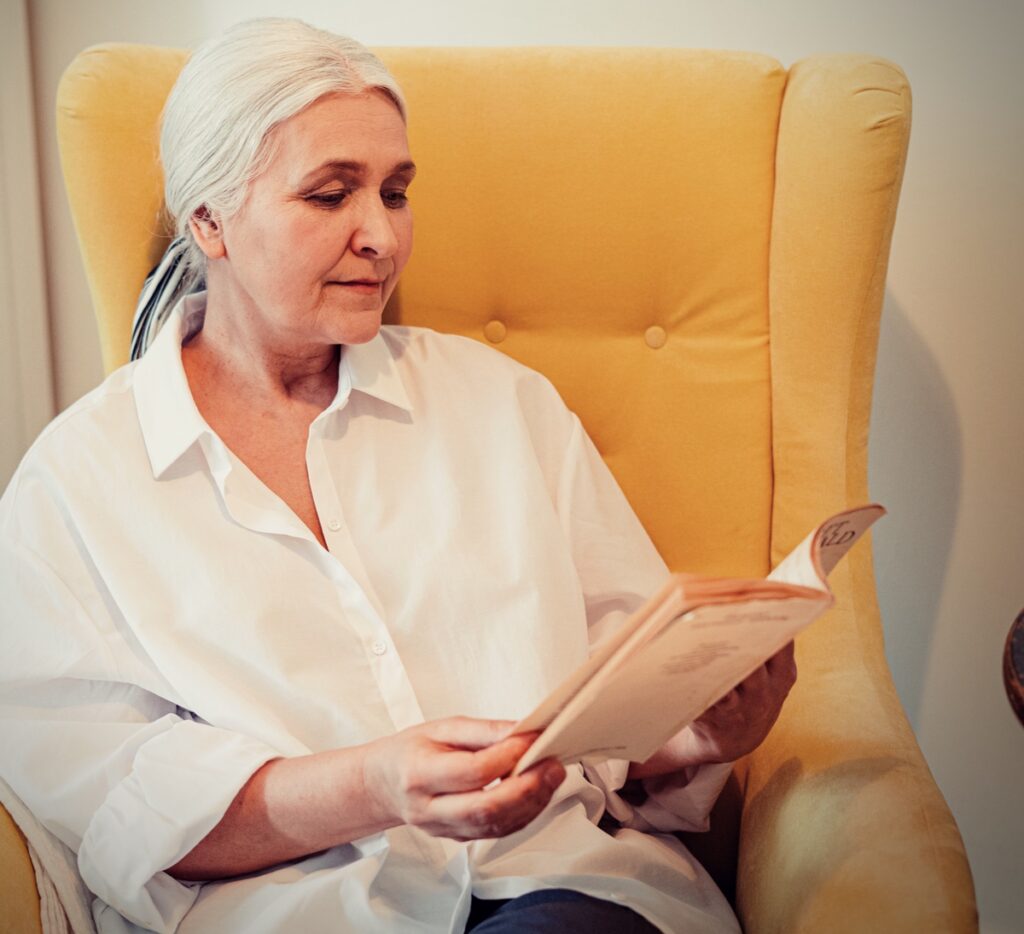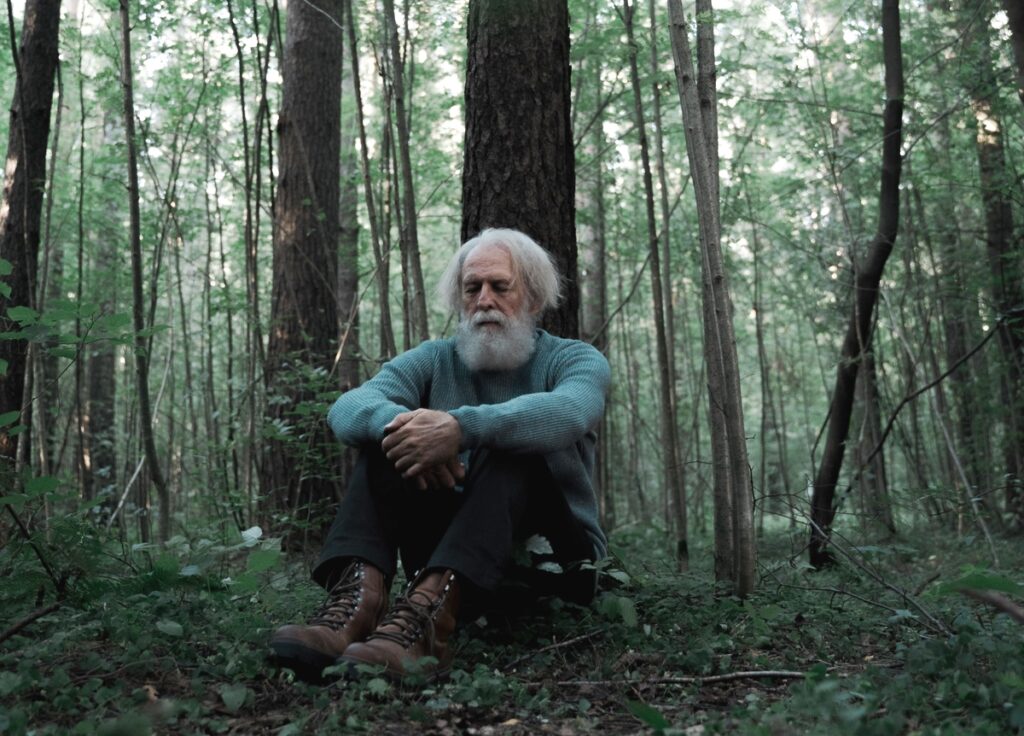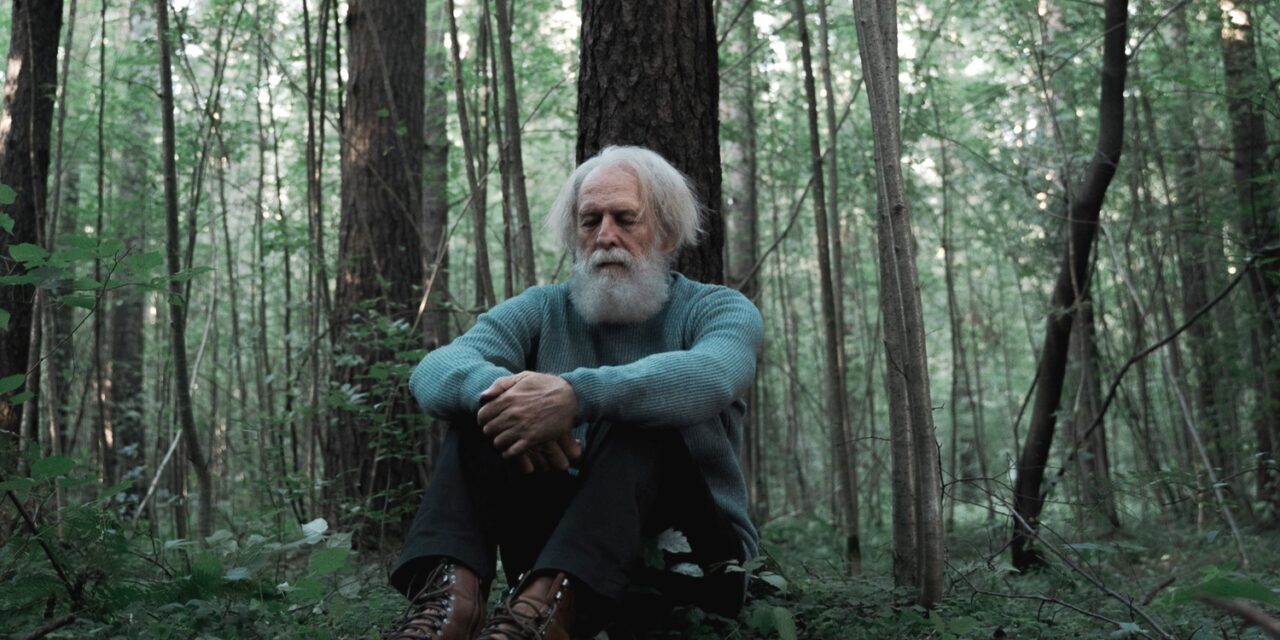I sometimes direct retreats at a Jesuit retreat centre and there have been a few times I have heard retreatants say—in our sharing of graces at the close of a retreat—that “this place is real life.” Out there, out in the world, they say, is not real life. Real life is experienced in the setting of the retreat. What do they mean by that? These comments have stayed with me because I think they are essentially saying that their retreat experience is an experience of God’s kingdom. That is true reality. It’s the reality we are seeking and striving for as people of God.
 This is not to say we cannot experience God’s kingdom outside the context of a retreat house! We have many “glimpses” of the kingdom in our everyday life, but a retreat house is an intentional space of prayer that is prepared to draw people into an encounter with God. We might call these “thin spaces”, where we get a taste of heaven, so to speak. It’s a reminder that “heaven” is not so much a place we go after we die, but a kingdom that is already present and can be experienced.
This is not to say we cannot experience God’s kingdom outside the context of a retreat house! We have many “glimpses” of the kingdom in our everyday life, but a retreat house is an intentional space of prayer that is prepared to draw people into an encounter with God. We might call these “thin spaces”, where we get a taste of heaven, so to speak. It’s a reminder that “heaven” is not so much a place we go after we die, but a kingdom that is already present and can be experienced.
Retreat centres are not the only such places. I have found that the Catechesis of the Good Shepherd atrium is too. CGS is a Montessori style approach to faith formation of young children. The atrium is a space in which children discover who God is through various presentations and materials. In fact, it’s called an atrium because an atrium was the space just before entering an ancient basilica. It’s a metaphorical entryway toward the kingdom, if you will. It is said that the atrium experience is like a retreat for a child.
I’d like to examine the characteristics of such “real life” places.
Freedom
Whether a retreat house or a CGS atrium, whoever enters this space is given the dignity of freedom. Children have the freedom to choose how to spend their time in the atrium as they discover their love for God through hands-on materials and reflection. Retreatants are given the freedom to choose how to spend their time on retreat. No one is forced to be there. Margaret Silf says that a characteristic of freedom is that one is drawn, not driven. In other words, there is no coercion or force. One is given the quiet space to listen interiorly and be drawn and led by God’s Spirit. Honouring one’s freedom honours one’s human dignity.
We don’t often allow children much freedom. But in the atrium, children get to choose within the boundaries set by the environment. Sofia Cavaletti, the founder of CGS, says, “the child can live worship according to his
own rhythm, which is not possible in a church.” On a retreat, adults may choose whether or not to attend a talk or worship service, whether to walk the grounds or take a nap. And a retreat director offers suggestions for prayer, not mandates. Ignatius always wanted spiritual directors to allow the Creator to deal directly with the creature.
 Welcome and Love of Neighbour
Welcome and Love of Neighbour
Second is that these “kingdom spaces” value welcome and love of neighbour. As I learned working for Disney, each person should be welcomed as a cherished friend. St Benedict said that all visitors to the monastery were to be welcomed as if they were Christ. Welcome is an absolute feature of God’s kingdom. I imagine Jesus welcoming me with a warm smile and open arms. “Welcome, I’m glad you’re here.” A sense of welcome at a retreat centre stays with retreatants even after they leave. And even calling someone by name can double that sense of welcome.
In the CGS atrium there is a mutual respect between the adult catechist and the child. At a retreat house the spiritual director and retreatant share a mutual respect. So do the retreatants among themselves. These are spaces where we’re not arguing about politics or ideologies. We see one another first as fellow travellers, seeking God. We may befriend someone in this space that we might not otherwise “out in the world”. What a glimpse of the kingdom! Was Jesus not all about bringing different people together? Here, we begin with a stance of love and compassion for our neighbour rather than a stance of scepticism or defence.
 Space to Encounter God
Space to Encounter God
It goes without saying that the retreat centre and the atrium exist for a person to encounter God. We can think of it like a garden where the environment is prepared so that growth can happen. The retreat staff or the catechist is there to ensure the conditions are there for growth, like water, rich soil, and sunlight. God is the one who transforms the seed into a plant. God is the teacher. As Ignatius advises, the spiritual director (or the catechist!) gets out of the way so the Creator may work directly with the creature, and vice versa.
It’s a space where the love of God is emphasised through opportunities for prayer and contemplation, gentle presentations, spiritual conversation, beauty, and silence. These are all ways to prepare and till the garden. In CGS, the adult’s role is to prepare the environment of the atrium so the children will have opportunities to enter into a contemplative rhythm of encounter with the divine.
When we do this well, we begin to build the kingdom not just within these “thin spaces” but also beyond its walls. Those who enter these spaces leave oriented more toward the love of God and neighbour. They leave this space and bring a little bit of the kingdom to other parts of their lives.
Space for Discover and to Flourish
With the environment thoughtfully prepared, the person lovingly welcomed, and their freedom honoured, a child in the atrium or a retreatant at the retreat house is allowed to truly flourish as a child of God. Any time a person encounters the kingdom of God, they are changed. Through contemplation on the mysteries of God and on their own life story, they begin to discover their True Selves. In this kingdom-space a person is not judged on where they are in their spiritual journey or their relationship with God; they get to be their true selves: one who is deeply loved by God.
Sofia Cavaletti and Maria Montessori believed that given the room for it, children would naturally discover an inherent love for God. As we grow older we can forget about this natural piece of the divine within us. Retreats can be helpful reminders of this “real life reality”.
 Fed and Cared For
Fed and Cared For
This may be one of the most lovely parts of a space that is kingdom-oriented. We know how Jesus described the kingdom of God like a banquet and a wedding feast. Many retreatants love how they are fed on a retreat. And in our retreat house the food is very good! While on a retreat you get to have the privilege of putting aside for a moment your daily roles and responsibilities. Your job is not defining you. You don’t have to put the kids to bed. You don’t have to cook. These things are provided for you. Your room is prepared. You just get to be with God. What a gift that is so characteristic of God’s kingdom, where toil is no more. It’s an opportunity to allow ourselves to be cared for, to be loved and cared for by another. One retreatant shared that her whole life she’s been the caretaker in some way or another. But on her retreat, for the first time, she got to put aside that role and be the one taken care of. What freedom for her! She could just spend some time with her ultimate Caretaker.
Beauty and Silence
 I always tell my children that where you see beauty, you see God. A lot has been written about the theology and spirituality of aesthetics. In fact, the Catholic Church says that liturgical spaces should have a certain beauty and “noble simplicity”. Most retreat centres take care to have beautiful religious artwork or features of beauty outside, like a fountain or in the architecture. Some places have beautiful grounds that are cared for and offer spots to pray in nature.
I always tell my children that where you see beauty, you see God. A lot has been written about the theology and spirituality of aesthetics. In fact, the Catholic Church says that liturgical spaces should have a certain beauty and “noble simplicity”. Most retreat centres take care to have beautiful religious artwork or features of beauty outside, like a fountain or in the architecture. Some places have beautiful grounds that are cared for and offer spots to pray in nature.
Silence is also connected with beauty. Think about how a beautiful piece of art or a sunset can leave us speechless. We may find ourselves gazing contemplatively at a trickling stream or at leaves filtering the sunlight. Silence leaves room to listen to God with our hearts. The atrium, Cavaletti says, “facilitates recollection and silence, even in its external aspects of wall decorations and other furnishings.” As in Montessori classrooms you’ll find the CGS atrium simple and uncluttered, with things in their place. Plants and flowers are always present, candles are lighted when reading scripture, and materials are typically made from natural materials with an eye for beauty.
All this is real life. When we encounter it there’s something within us that knows it’s just… right. A church should ideally be like this, a home, even a place of work. Freedom, welcome, care, love, discovery, beauty… They’re realities we’re drawn to because they are realities of God’s kingdom, which we’re all destined for.
Reflect on the thin spaces in your life where you’ve see these kingdom qualities emerge.
Related posts:
Listen to the podcast version of this post…









Andy,
Thank you for a wonderful reflection! I hope that you and your family are well and thriving!
Bon